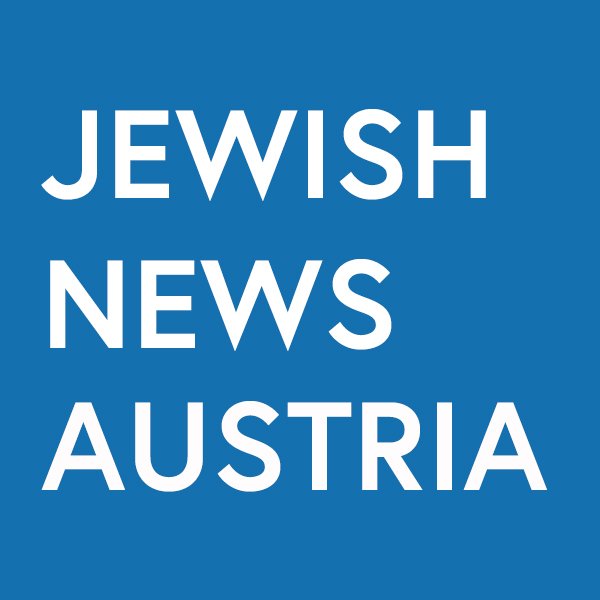
Ongoing & Upcoming Events
in Austria
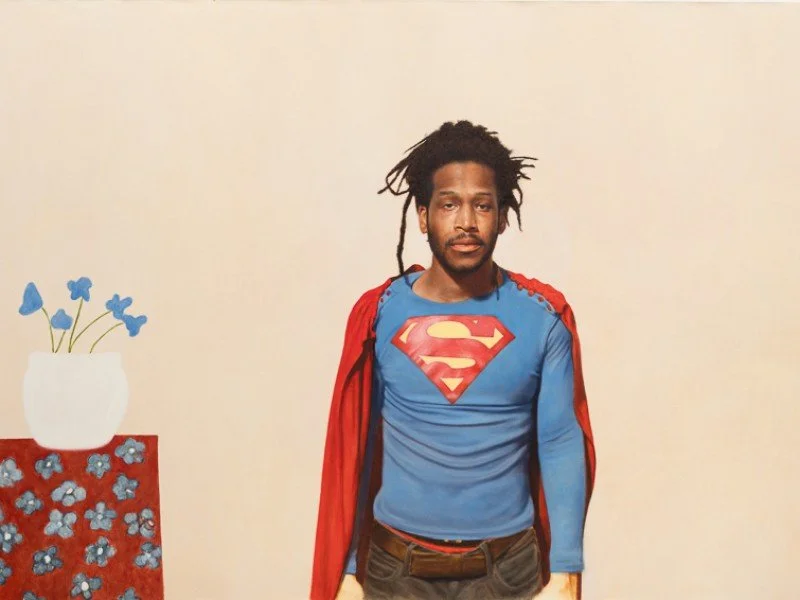
Black Jews, White Jews? On Skin Color and Prejudice
What skin colors do Jews have – and which are ascribed to them? How do they position themselves? The exhibition Black Jews, White Jews? explores these questions and shows historical and contemporary examples of external and self-perception. It examines the topic of Jewish identity in the charged relationship between self-definition, antisemitism, and racism.

Jewish Orientalists. Scholars and Adventurers in Search of the Self in the Other
Plaster bust of Nefertiti with make-up by Loni Baur in the plaster mold of the Staatliche Museen zu Berlin, photo: Fabian Fröhlich. Via Jewish Museum Hohenems.
From the Jewish Museum Hohenems:
With this exhibition devoted to the “Morgenländer” we are looking at the emergence of Oriental studies in the 19th century and will make a surprising discovery: the development of Islamic studies, Arabic studies and Oriental studies was closely linked to the “Wissenschaft des Judentums”, emancipation and reform.
The new Oriental studies were the scene of a Jewish search for its own origins: Exploring the sources of one’s own culture and history with a self-determined view also served as an attempt to free oneself from the discriminatory grip in a Christian society.
The fact that, from this perspective, Islam and the Arab world by no means appeared as a hostile and exotic “other” of Europe, but rather as a source of European culture, productively challenges many contemporary stereotypes, xenophobic ideas as well as post-colonial black and white thinking.
An exhibition of the Jewish Museum Hohenems
Team
Curator: Felicitas Heimann-Jelinek (Wien)
Co-curator: Dinah Ehrenfreund-Michler (Hohenems)
Exhibiton architecture: Martin Kohlbauer (Wien)
Exhibition graphic design: atelier stecher, Roland Stecher (Götzis)
Graphic design: Thomas Matt Grafikdesign (Rankweil)

Chosen... For what? On Jewish Universalism and Particularism
From the Jewish Museum Hohenems (translated)
Christian Chizzola via Jewish Museum Hohenems
European Summer University for Jewish Studies
Chosen... For What? On Jewish Universalism and Particularism
July 6-11, 2025
An event organized by the Department of Jewish History and Culture at the Ludwig Maximilian University of Munich, the Center for Jewish Studies at the University of Basel, the Institute for Jewish Studies at the University of Vienna, the Professorship for Jewish Studies at the Otto-Friedrich-University Bamberg, the Sigi-Feigel-Guest Professorship for Jewish Studies at the University of Zurich, the Institute for Contemporary History at the University of Innsbruck, the Jewish Studies Program at the Central European University in Budapest/Vienna – in collaboration with the Jewish Museum Hohenems.
A people and a religion – this is how many have tried to grasp the ambiguity of Judaism in terms. And in doing so, they have only created new misunderstandings. Whether the confederation, the Jewish family is a “people” like others is just as questionable as the puzzle of whether the Mosaic Law can be understood with popular, Christian-influenced ideas of “religion”.
Does Judaism therefore elude all concepts or does it only question them in their respective narrow-mindedness?
What remains open, though, is whether the talk of being the chosen people represents a claim or a burden. In any case, it has repeatedly provided a basis for anti-Semitic projections in history. But it has also led to internal Jewish debates and contradictions about the actual consequences of the claim to the authorship of monotheism: moral and ritual, universalist and particularist, for Judaism itself and for the world.
The 15th European Summer University for Jewish Studies Hohenems will take place from July 6 to 11, 2025, and will explore the historical and political, religious and cultural dimensions of the paradigm of chosenness from July 6 to 11, 2025 – from the usual broad interdisciplinary perspective. Jewish history and scriptural interpretation, philosophy and tradition, literature and art are full of bitter disputes about universalism and tribal thinking – and ultimately also about the question of whether there are laws and human rights that even divine authority must abide by.
The Summer University for Jewish Studies Hohenems 2025 is open to students from all fields of study. Preference will be given to students from the participating universities in Bamberg, Basel, Budapest, Innsbruck, Munich, Vienna and Zurich.

Lebensmelodien mit Iris Berben
© Laurence Chaperon, via IKG Vienna
From the Jewish Community Vienna (translated):
Life Melodies with Iris Berben
The Jewish Community Vienna, together with the German Embassy, invites you to a very special literary-musical evening entitled “Lebensmelodien” in the Mozart Hall of the Wiener Konzerthaus. With Iris Berben, Nur Ben Shalom and the Nimrod Ensemble.
The project Lebensmelodien (Melodies of Life) presents Jewish melodies from the Holocaust era, most of which have been forgotten. The aim is to bring them back to life and into the spotlight. Lebensmelodien are musical works that were composed, played and sung between 1933 and 1945. Behind them lie the life stories of Jewish destinies – people who had dreams, desires and unique talents and now live on in these melodies. The music helped them to survive in the ghettos and camps – or to bid farewell to this world. Every melody has its own story to tell, every Lebensmelodie is tied to a specific person or community – created in the most inhumane situations of persecution and murder, when music offered comfort and hope.
Iris Berben lends her voice to the victims of National Socialism, while she is accompanied by clarinetist and founder of the life melodies Nur Ben Shalom and the 8-piece Nimrod Ensemble.
Immerse yourself in a moving musical journey that brings the past to life.
With the kind support of the Embassy of the Federal Republic of Germany in Vienna, the National Fund of the Republic of Austria for Victims of National Socialism and the Future Fund of the Republic of Austria.

Adressat unbekannt
From the Jewish Community Vienna (translated):
© Brigitte Starzinger Glüxam via IKG Vienna
Address unknown
Scenic reading with musical accompaniment based on Kathrine Kressmann Taylor's famous epistolary novel “Address unknown” from 1938. Kressmann analyzes the horrors of the Nazi era in a very pointed way, using the friendship between the Jewish Max and the German Martin.
Martin Schulse, a German, and Max Eisenstein, a Jewish American, ran a successful art gallery in the United States. In 1932, Schulse decided to return to Germany with his family. Eisenstein continued to run the joint gallery in San Francisco. The two men remained in contact and exchanged professional and personal information in their letters. At first, the friendship did not seem to suffer from the physical separation. But Schulse, who initially viewed the political developments in Germany critically, gradually developed into an avowed National Socialist.
Addressee unknown, first published in 1938, is a book of oppressive topicality. Structured as an exchange of letters between a German and an American Jew in the months surrounding Hitler's rise to power, this masterpiece describes the dramatic development of a friendship and the story of a bitter revenge. “I have never read a greater drama in fewer pages. This story is masterful, it is built with unsurpassable suspense, in irritating brevity, not a word too much, not one missing... Never has the corrosive poison of National Socialism been more vividly described,” summarizes Elke Heidenreich in her epilogue.
Kathrine Kressmann Taylor left out her female first name when she offered the book to publishers in 1939, under the heading “addressee unknown”, in order to increase her chances of publication.
“I have never read a greater drama in fewer pages. Masterful.”
Elke Heidenreich
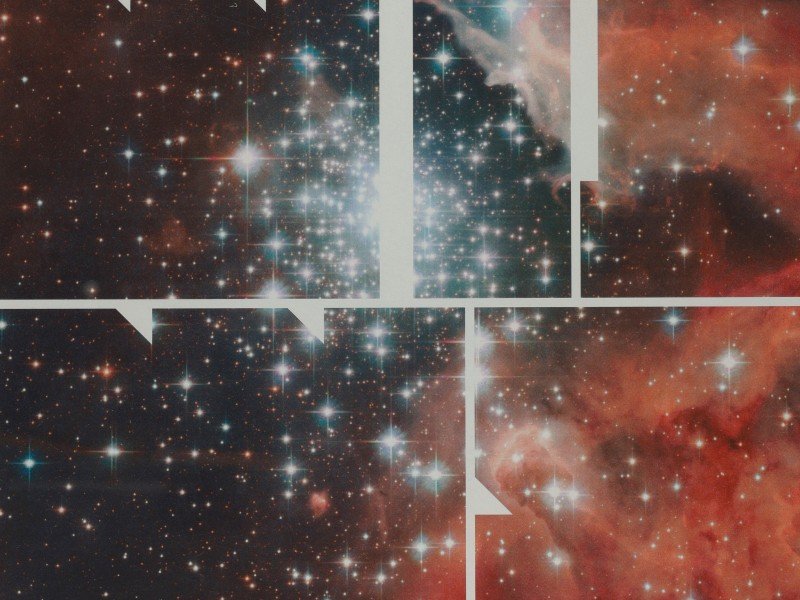
G*d. Reflections between Heaven and Earth
Jewish Museum Vienna
G*d: for some He is the origin of all being, for others a grand illusion. God brings people together and also divides them. But who or what is God anyway? The exhibition G*d. Reflections between Heaven and Earth approaches the phenomenon in seven questions that often have more than just a religious answer.
Starting from Jewish perceptions of God from biblical times to our individualized, western present, the exhibition shows a wide range of positions – artistic examinations as well as outstanding religious objects. Contemporary art with its personal approaches, and historical ritual objects that are an expression of a collective religious relationship, communicate in a dialogue that, besides religious tradition, also addresses abstract topics. The field of tension between religion and science, the question of divine providence, and the free will of humans open a further dimension in the exhibition.
Visitors are invited to rediscover God through an interplay of aesthetics and sensuality: human projections and existential hopes become tangible, visible, and audible. So, is there a God? Or a Goddess? The Shoah, religious criticism, neuroscience, and artificial intelligence question and challenge the traditional image of God.
The exhibition G*d. Reflections between heaven and earth will accompany the 130th anniversary of the Jewish Museum Vienna in 2025. Opened in 1895, it is the world’s first Jewish museum. Exceptional objects from the outstanding collection of the first Jewish museum, as well as loans from important national and international collections, are on public display for the first time.
Curators: Domagoj Akrap, Daniela Schmid
Design: MVD Austria / Pretterhofer Arquitectos
Graphics: Manuel Radde and Philipp Doringer
Cover photo: Hillel Smith: Avinu she-ba-shamayim (Our Father in Heaven), 2012. [detail]
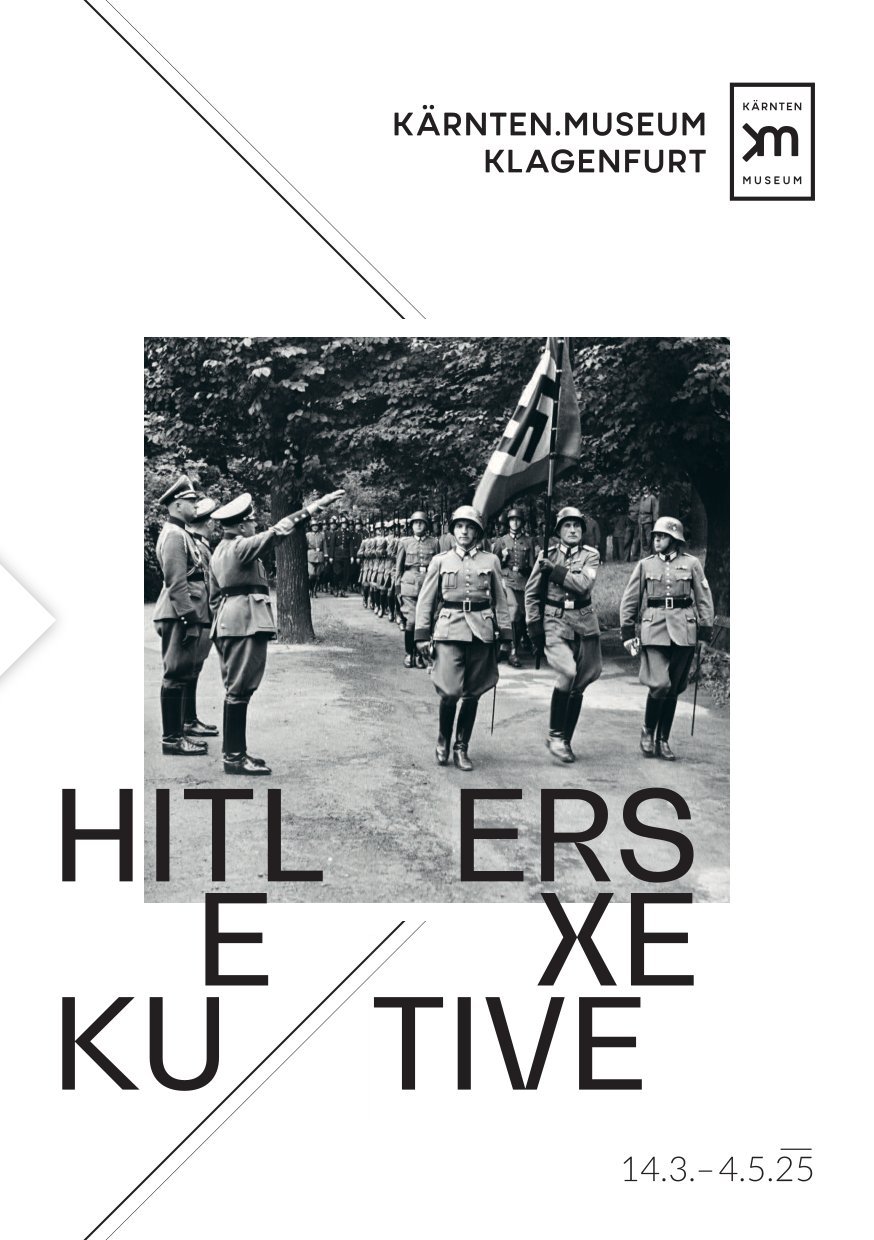
Opening of the Exhibition: “Hitler's Executive” at the Kärnten.Museum
Opening of the Exhibition: “Hitler's Executive” at the Kärnten.Museum in Klagenfurt, Austria on March 13, 2025
Jewish Sounds With Lea Kalisch & Rabbi T
Photo: © Martina Adlerova @AdlerArt
From the Jewish Community Vienna (IKG)
Lea Kalisch and Rabbi T are a young, dynamic, highly entertaining duo who bring Jewish music to life with a fresh and vibrant twist. From classics of Yiddish theater to hidden folk songs, multilingual mashups, and original compositions, their music captures the essence of Yiddishkeit with heart and humor.

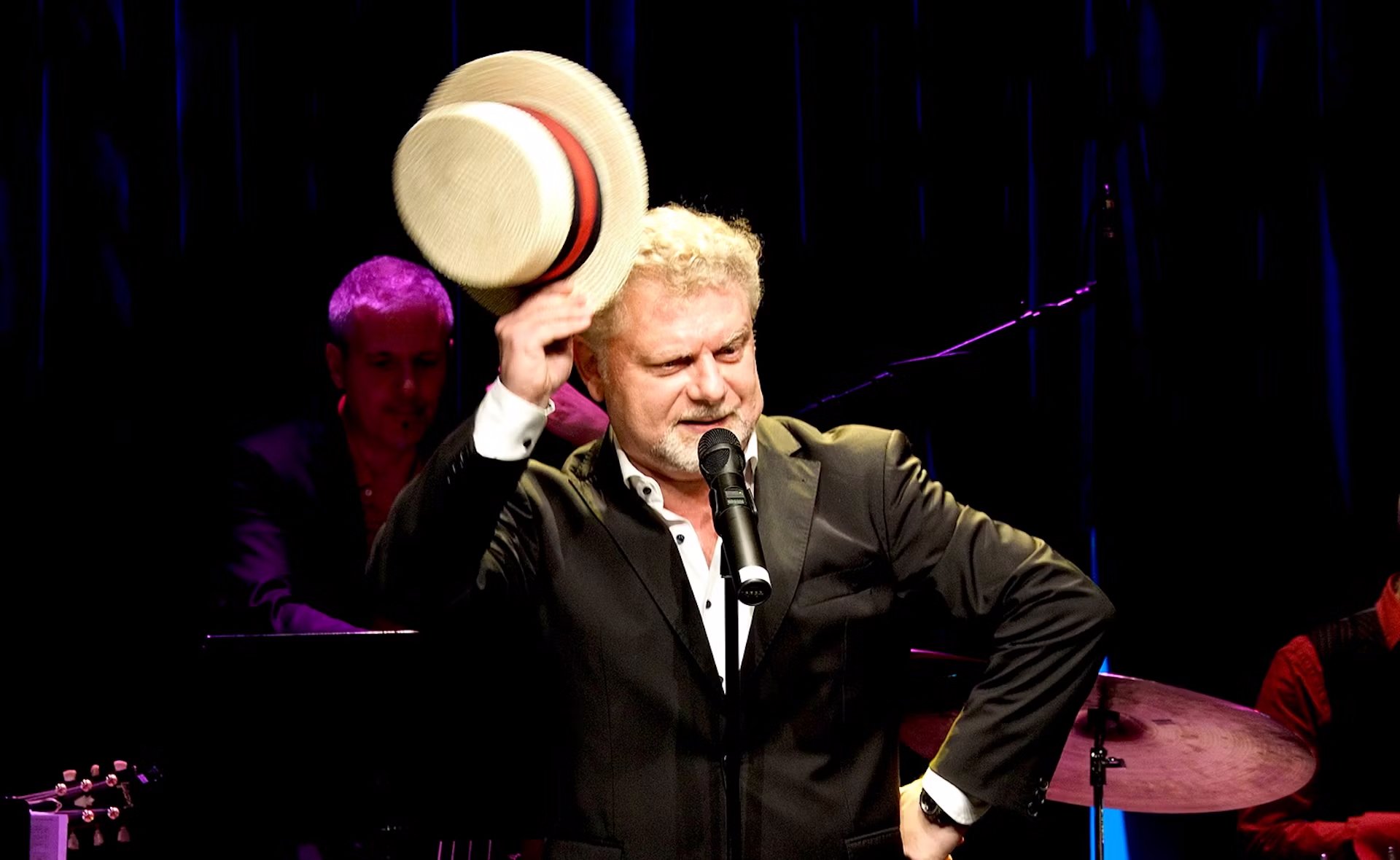

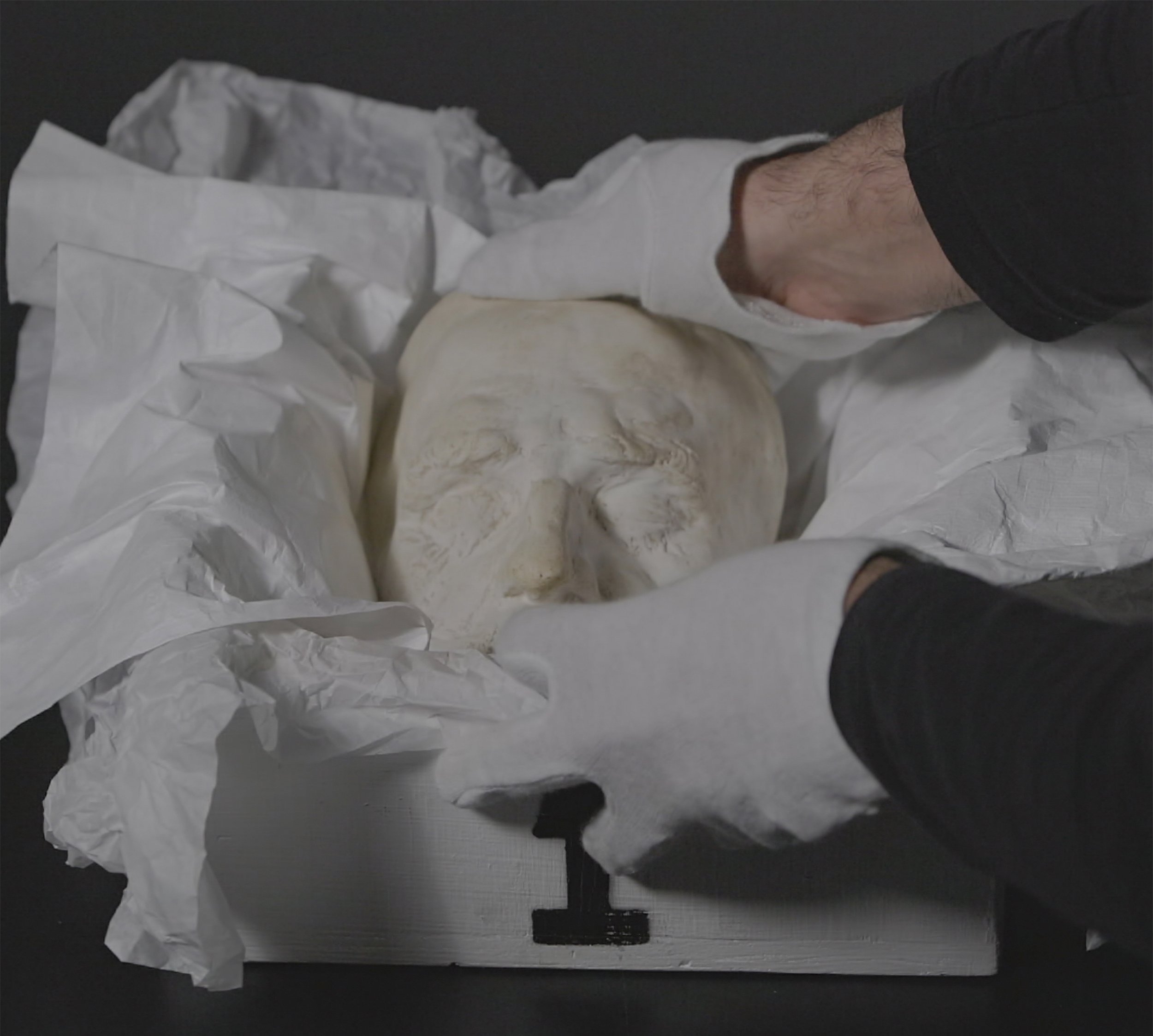

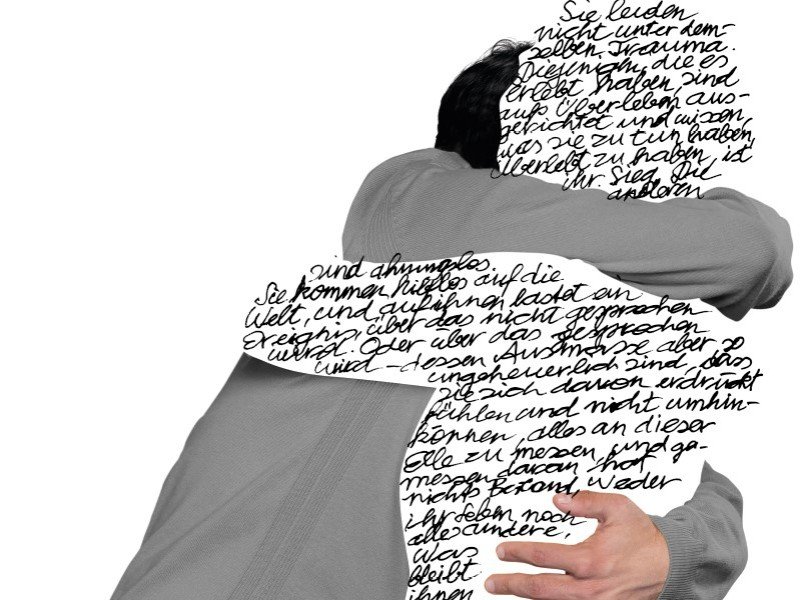
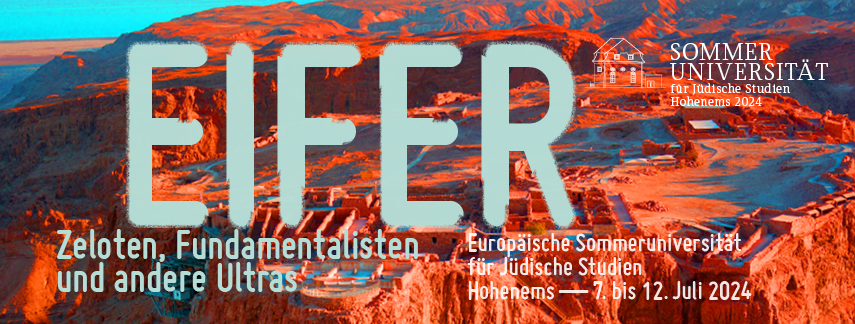
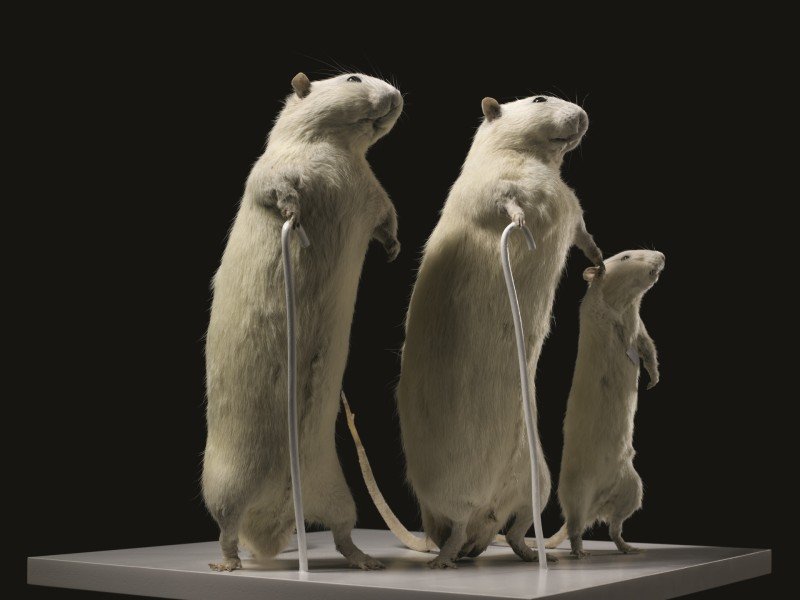
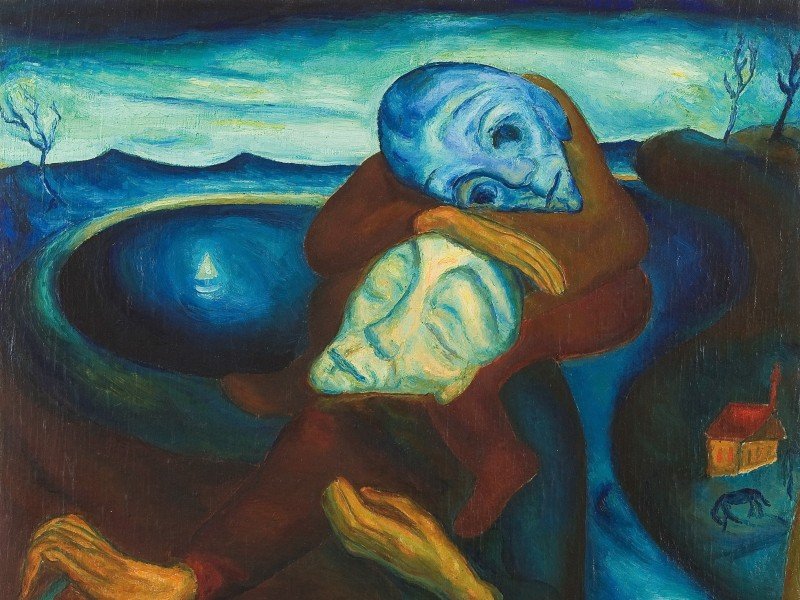

Klezmerkonzert: SpielZEUGS
In the program SchlaMAZLtov the duo focuses on the "Klezmer."

Swingin' Chanukka
Mit Leidenschaft widmet sich der Komponist, Sänger und Entertainer Roman Grinberg dem Genre Yiddish Jazz. Seine ausdrucksstarke und facettenreiche Stimme erinnert an die großen Crooner des 20. Jahrhunderts.

The Shining Star - We Children of the Survivors
Journalist Harry Bergmann talks to author Helene Maimann about her exciting childhood and her latest book.
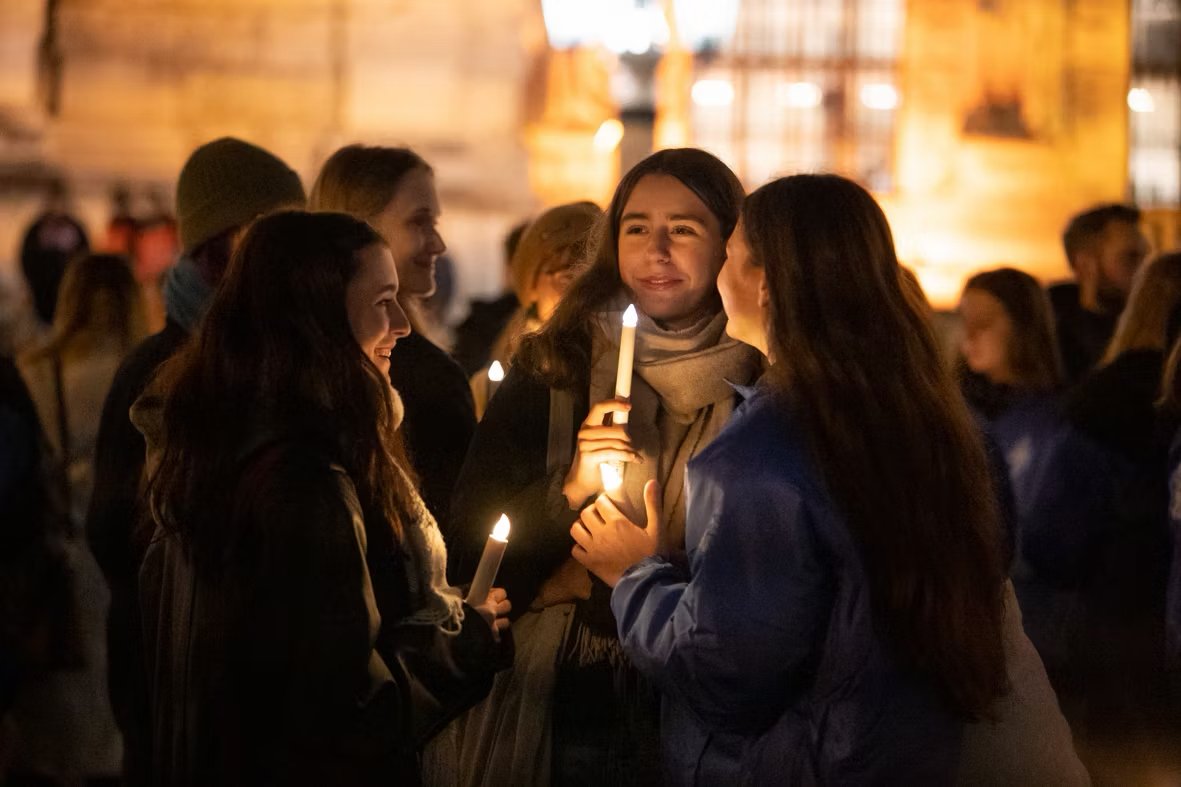
Light of Hope 2023
Since 2012, the Youth Commission of the Jewish Community Vienna organizes the memorial march "Light of Hope", with which it commemorates the November pogroms.
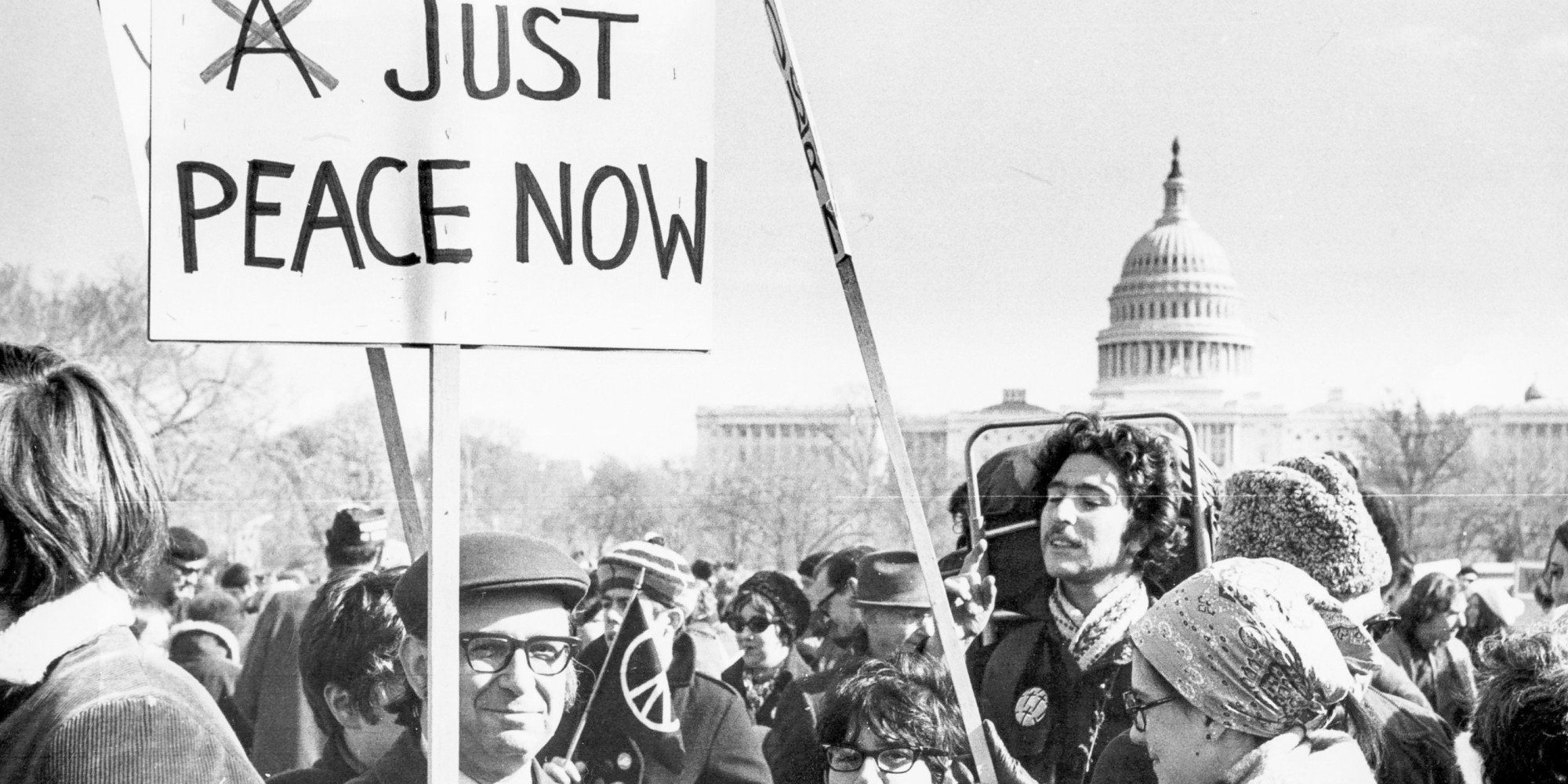
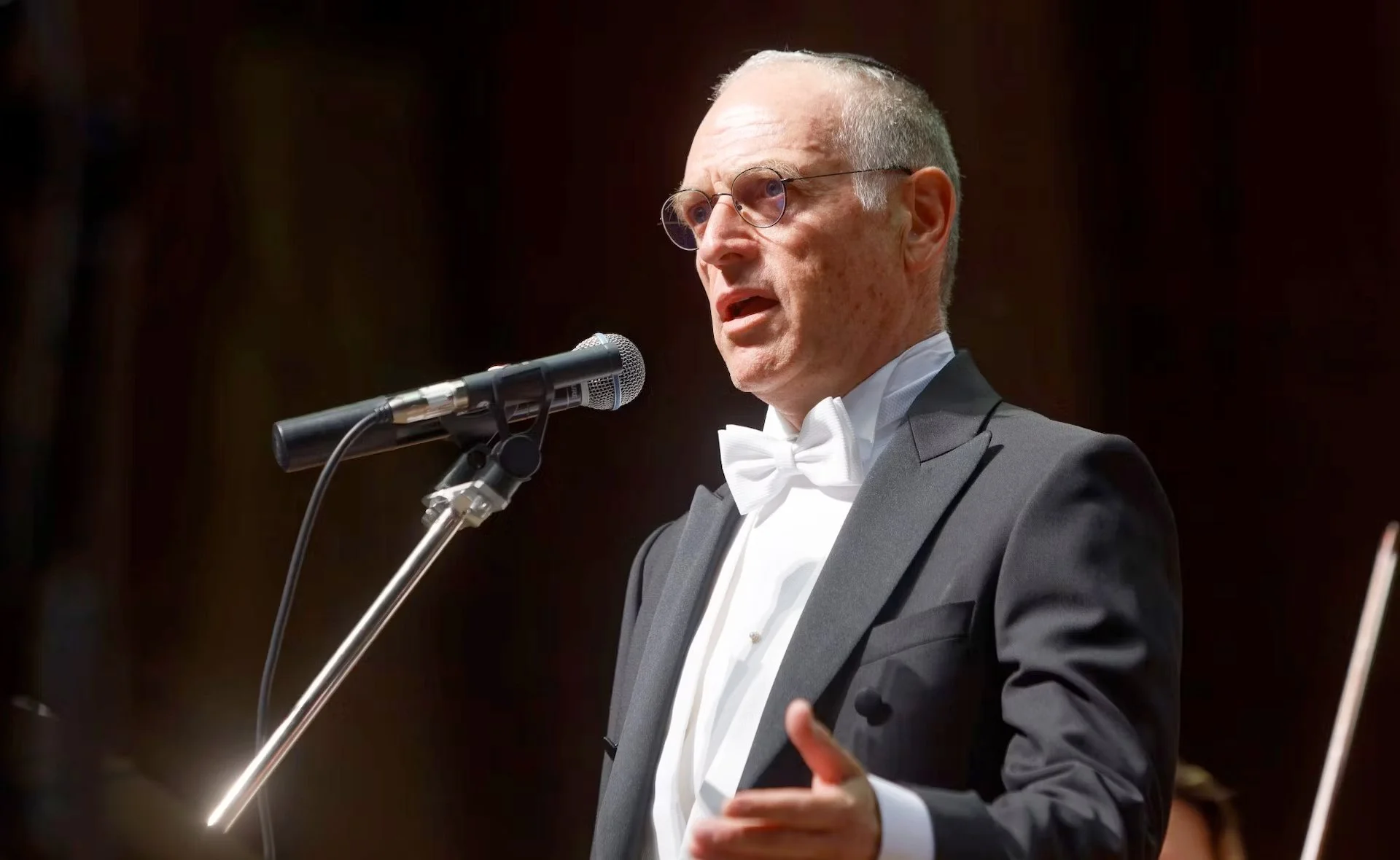
Cantors concert: Meafela Leora - From Darkness to Light
With Senior Cantor Shmuel Barzilai, Conductor Elli Jaffe and the Choir of the Great Synagogue from Jerusalem.

Hans Kelsen and the Elegance of the Austrian Constitution
In 2020 the Austrian constitution celebrated its 100th anniversary. Praised by the Federal President Alexander Van der Bellen for its ‘elegance and beauty,’ its contents are not well enough known, and the devotion to the constitution that in countries such as the USA is rare in Austria.

Super Jews. Jewish Identity in the Football Stadium
The Zionist-oriented SC Hakoah inscribed a “Jewish football” success story in the history of Viennese football during the interwar period: the club won the first professional football championship in Austria in 1925. Little is known, however, that other Viennese and European football clubs likewise have a “Jewish history,” and that Jewish sports officials, coaches, and players contributed to the clubs’ early successes.
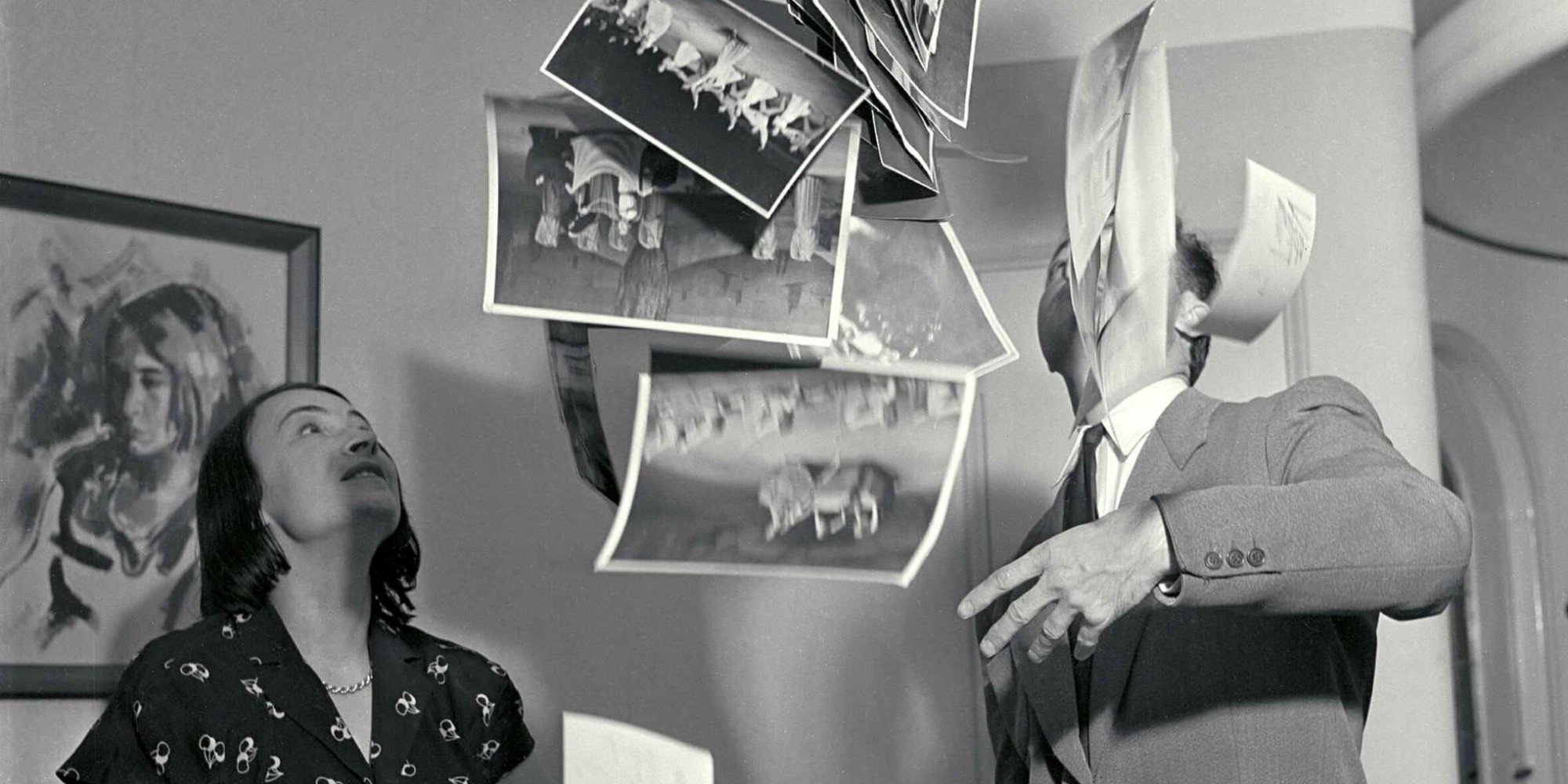
Focus! Click! Maria Austria - Photographer in Exile
The photographer Maria Austria, actually Marie Östreicher, was born in Karlovy Vary in 1915 and came to Vienna in the mid-1930s to study at the Higher Federal Institution for Graphic Education and Research.


Dearest Mama. The Story of a Family
Dearest Mama. The Story of a Family A Staged Reading with Doris Weiner, Naemi Latzer and Fabian Bachleitner (music), in German.
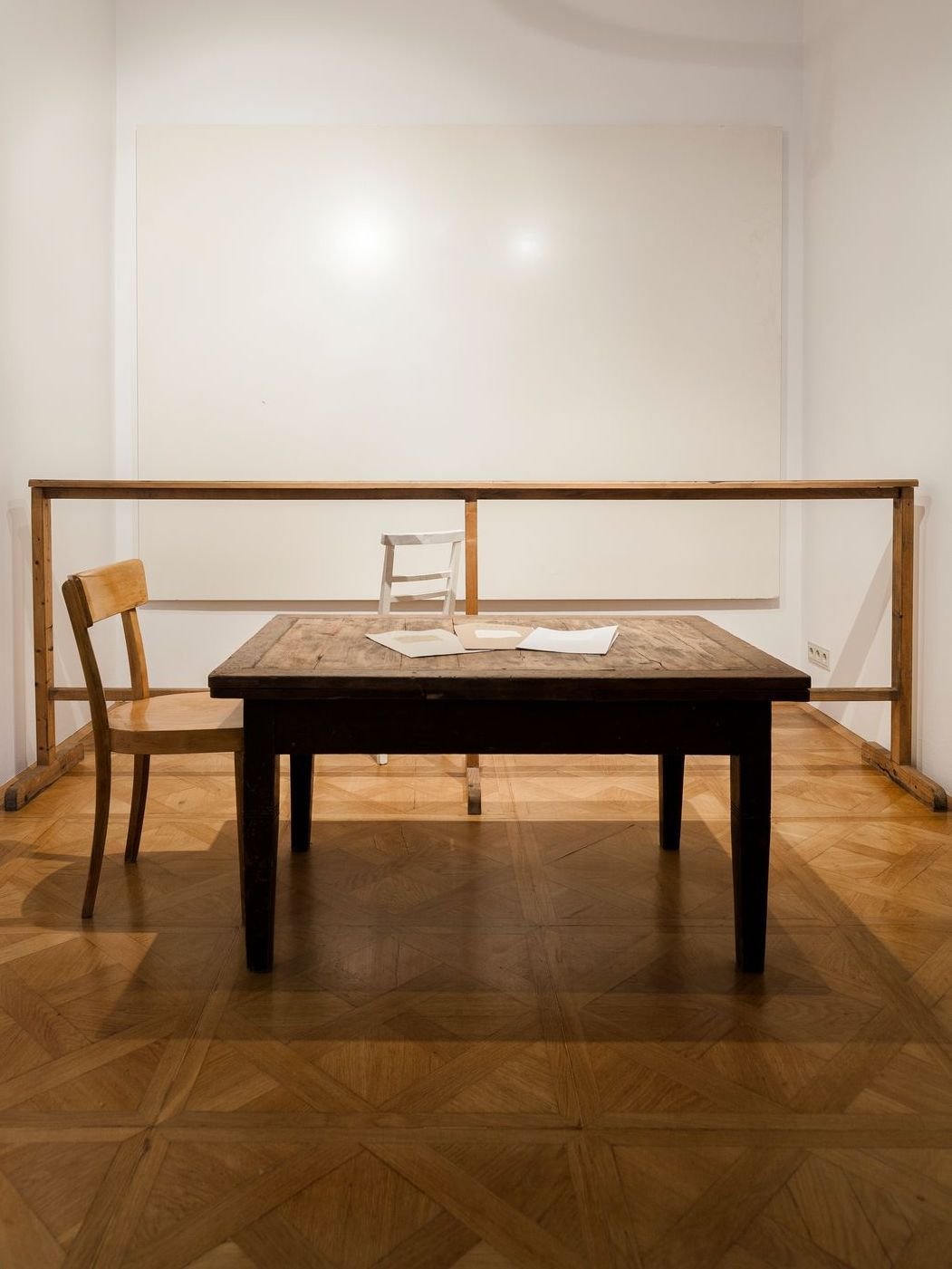
Die Schatulle des David Josef Bach
With a multimedia lecture performance, Sigmund Freud's first practice on the mezzanine floor of Berggasse 19 is transformed into a soundscape spread over four rooms, those rooms with which David Josef Bach, one of the most important cultural promoters and cultural mediators in Social Democratic Red Vienna, was also well acquainted: as an early member of Freud's Psychological Wednesday Society, which gathered here almost every Wednesday evening in the years between 1902 and 1908.
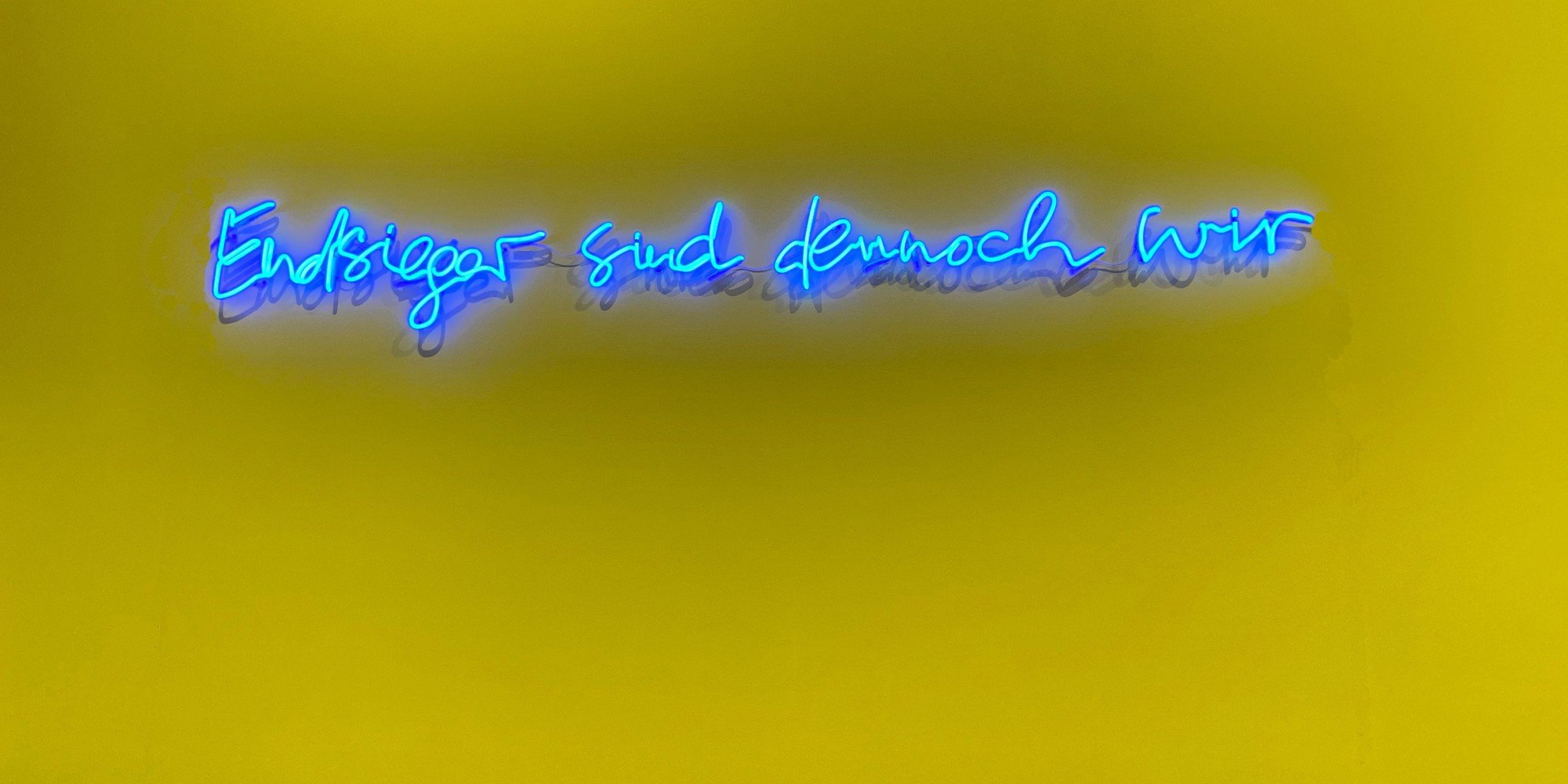
100 Misunderstandings About and Among Jews
The image of Jewish women and men is shaped by misunderstandings in large sections of the majority society. Whether it concerns the exaggeration of the “Jewish sense of family,” “Jewish learning,” a clichéd notion of “Jewish life,” or the sadness inherent in anything “Jewish,” all of this is based on misconceptions that later translate into prejudice and express stereotypical images.


James T. Hong: Apologies v 2016.2, 2021
As of October 13, the Jewish Museum Vienna is presenting the video installation Apologies (Entschuldigungen) at the Museum Dorotheergasse. In the work of Taiwanese-American film artist James T. Hong, world leaders apologize for crimes ordered or sanctioned by the state.
